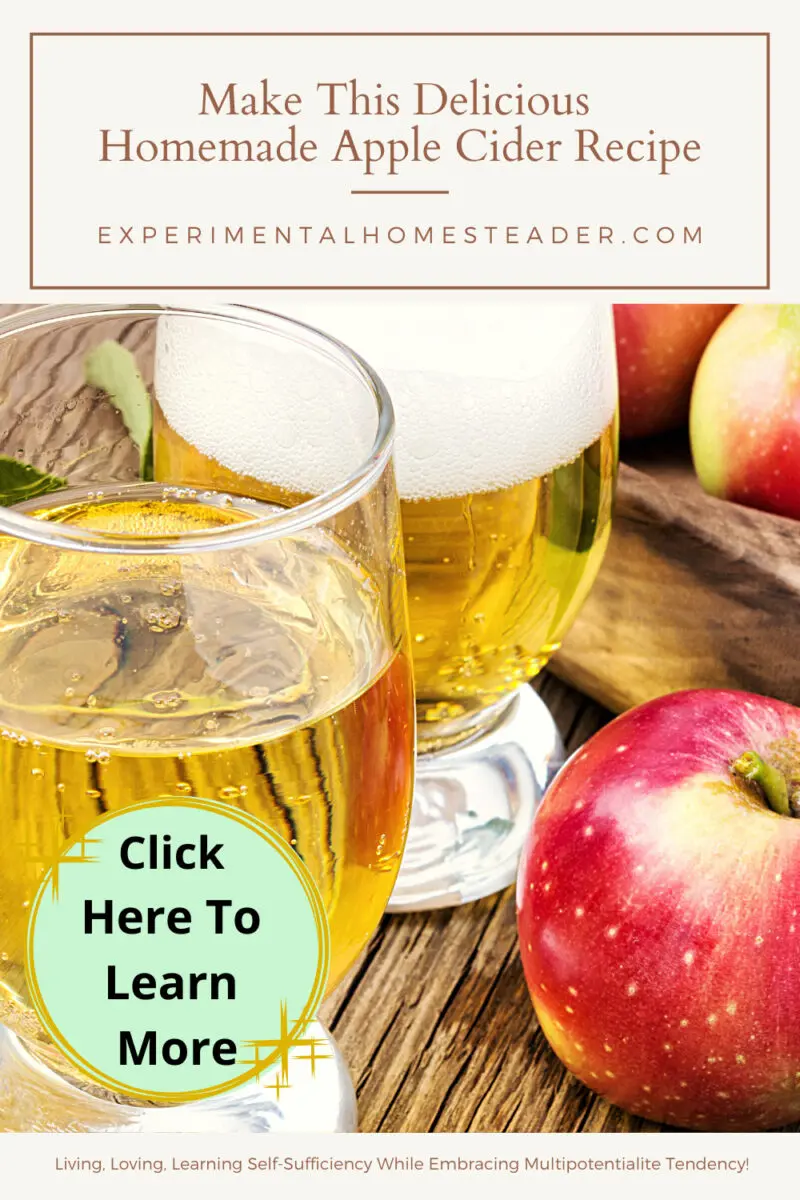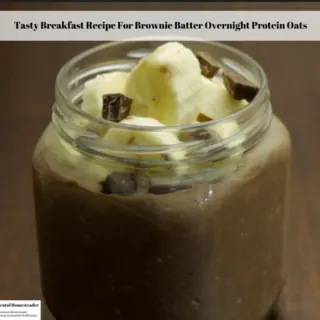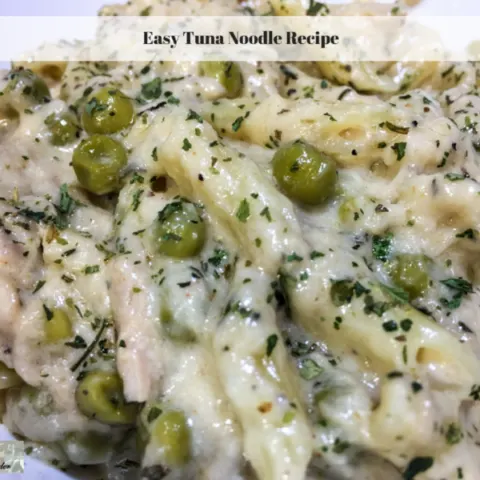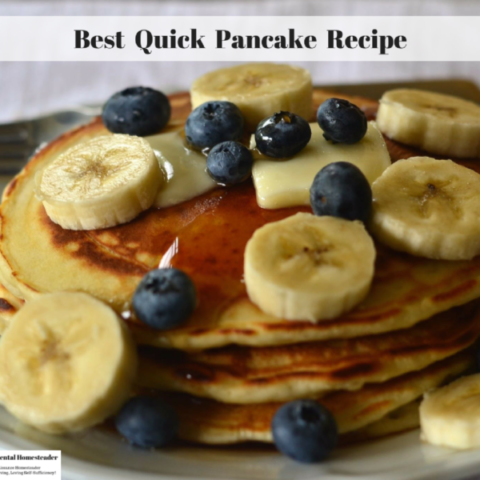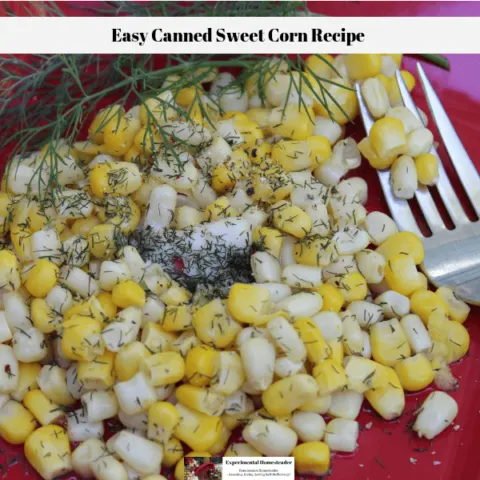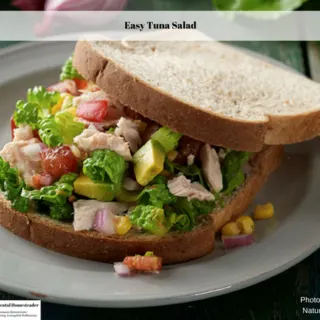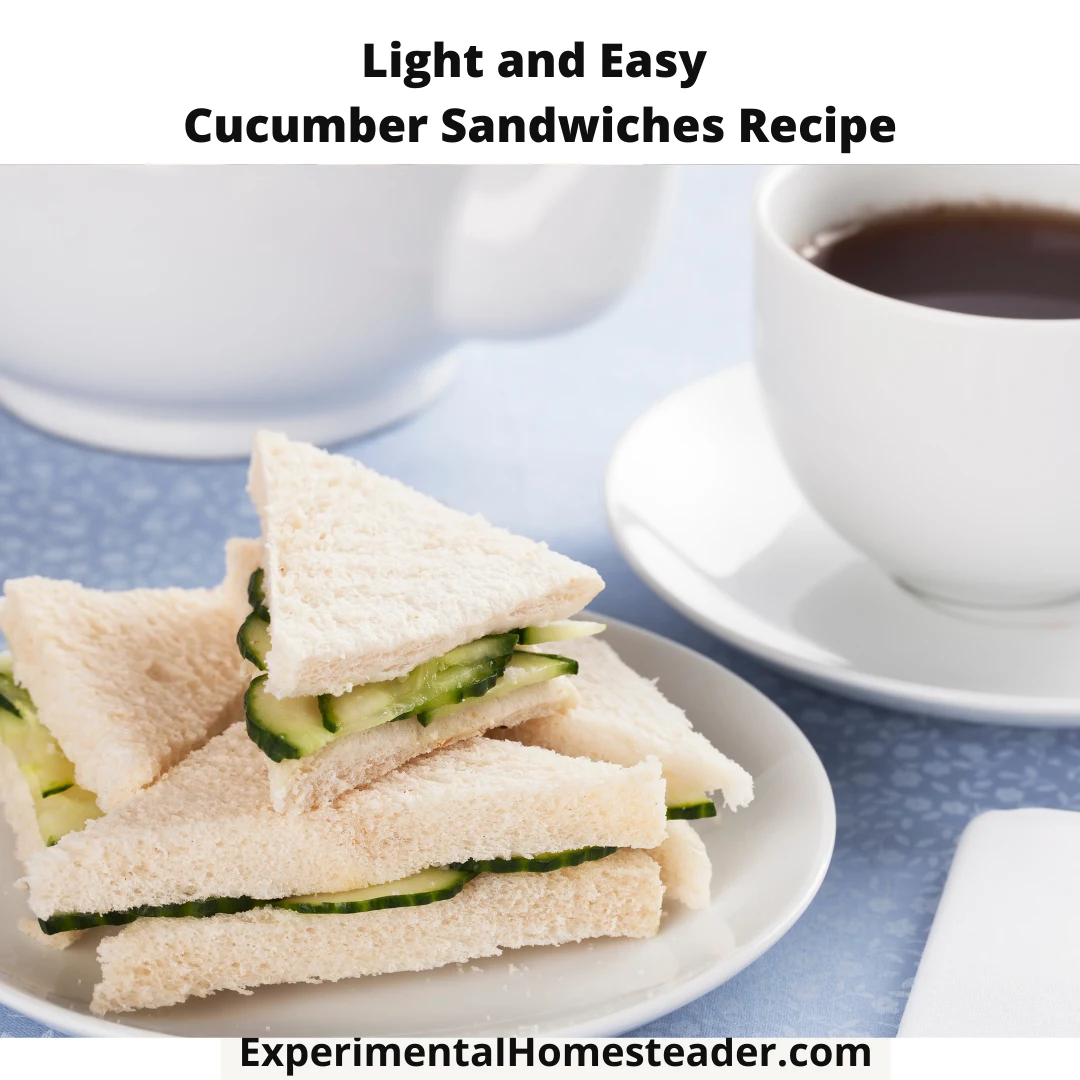This apple cider recipe is a popular drink for winter, but it can be made any time of the year.
Apple cider can be made by simmering apple pieces in water, sugar, and spices.
One of the most popular methods for making apple cider involves simmering apple pieces in water, sugar, and spices. The process usually takes about one hour.
Some popular ways to make apple cider are by simmering apples with water, sugar, and cinnamon sticks.
Some people also like to add cloves or nutmeg to the mixture.
Others prefer to cook apples with raisins or other dried fruit.
Choose The Right Apple Cider Recipe
Want a true drink that reminds you of fall?
Try apple cider.
The clean crisp taste of apples can be bottled and you can do it too.
Keep reading to learn how to make your own apple cider drinks.
Apple cider is a refreshing drink that is mostly drunk in the fall of the year.
There are several different types of cider that you can make:
- Unpasteurized which is the kind often sold at apple orchards and roadside stands. It is fresh from the press.
- Hard cider is apple cider that is allowed to ferment. Yeast is added to finish the process which in turn creates an alcoholic drink.
- Hot cider is boiled apple cider that has spices such as cinnamon added to it for a better taste. Boiling the apple cider pasteurizes it.
- Sparkling cider is apple cider and carbonated water.
How To Make Your Own Apple Cider
Here are a few tips when making your own cider.
The equipment you need is probably already around your home.
Gather a sharp knife, cheesecloth, a large bowl, a blender and at least four dozen apples.
Print
How to Make Apple Cider
Ingredients
- Four dozen ripe apples
Instructions
- Choose your apples - Which apples you choose will depend in the taste that you want. For a sweeter taste to your apple cider try Red Delicious, Jonagold and Fuji apples. Combining tarter apples like Granny Smith and McIntosh along with Golden Delicious will deepen your flavors. Choose apples that are ripe without blemish, soft spots or any other damage.
- Use them right away - If you have an apple tree, pick the apples when you are ready to make the cider. Also, visit your local farmerís market for fresh picked specimens of the varieties you like.
- Prepare your apples - Wash them well. This removes any pesticides from the skin. Use a corer tool to remove the center of the apple and making slicing easier. Cut the apple into slices.
- Blend them - Place the apple slices, with skin, into the blender. Chop up until the pieces are small but bigger than the openings in the cheesecloth. If you grind it up too fine then you will end up with sediment in the bottom of your cider.
- Strain your apples - After you have blended all of your apples, place a piece of cheesecloth across a large bowl. Strain your apple mixture. If you have one, use a cider press. You may need to squeeze a bit more to get all of the juice out of the pieces. Pour into jugs.
- Pasteurize your cider - You can drink your cider as is. To slow the fermentation process you can put your bottled cider in the refrigerator. Even better is pasteurizing it. Boil the cider to about 160 degrees Fahrenheit. Cool and refrigerate.
Next Time Make Your Own Apple Cider
Want a fresh glass of cider?
You don't have to buy it from the store.
Make it yourself with fresh apples.
Quick And Easy Recipes
Individual Homemade Pizzas
Instead of making a large pizza, make individual homemade pizzas so everyone can have their favorite toppings and their own pizza.
Himalayan Salt Block Pizza Made With Flatout Thin Crust Flatbread
Try something new tonight by making this Himalayan salt block pizza on a tempered salt block using Flatout pizza crust.
5 New Emotion Recipes From Inside Out
Download these five recipes from Inside Out, a movie from Disney-Pixar that helps kids learn how to express the emotions they feel.
Tasty Breakfast Recipe For Brownie Batter Overnight Protein Oats
Quick, easy recipes for breakfast menu ideas are always popular, especially in today's fast paced world. This tasty breakfast idea for brownie batter overnight protein oats is delicious and if you are in a big hurry, but forgot to prepare this the night before, it can be ready to eat in just 30 minutes!
Easy Wood Stove Recipe For A Grilled Cheese Sandwich
This easy wood stove recipe for a grilled cheese sandwich paired with tomato soup is the perfect comfort food for a cold winter day.
Easy Canned Sweet Corn Recipe
elppThis easy canned sweet corn recipe seasoned with butter and dill weed is the perfect side dish for meat recipes. It is a quick, easy and delicious recipe!a
Easy Tuna Salad
This easy tuna salad recipe is quick and easy to make. It makes a total of three easy tuna sandwiches that are ideal for lunch or a quick snack!
Schwan's Home Service Delivers Delicious Ice Cream And More Right To Your Door!
Schwan's Home Service Delivers Delicious Ice Cream And More Right To Your Door!


